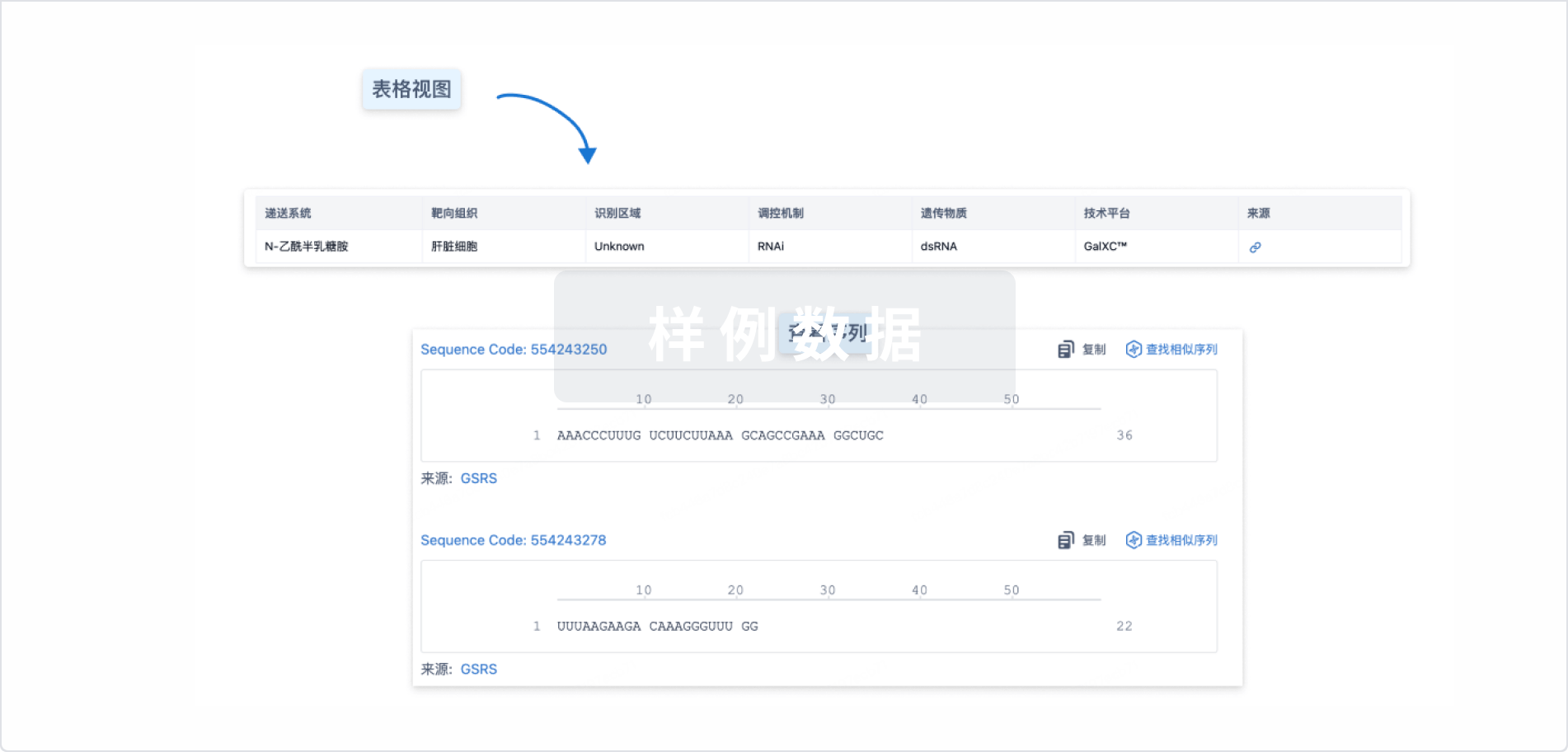During the life cycles of most retroviruses and lentiviruses, dimerization and packaging of two copies of viral genomic RNA is required for the subsequent conversion of RNA into double stranded DNA by reverse transcriptase. For human immunodeficiency virus type 1 (HIV-1), dimerization is mediated by interactions of the stem-loop structures in the dimerization-packaging, or psi (Psi) domain. We have tethered anti-HIV gag ribozymes and small antisense RNAs to the HIV Psi domain in an HIV-1 lentiviral vector to facilitate copackaging of these replication inhibitors with HIV genomic RNAs during HIV infectious challenge. In order to maximize the base pairing of the ribozymes or antisense segments to the HIV-1 genomic target, sequences in HIV-1 were identified that are highly accessible to antisense pairing. Ribozymes or antisense RNAs designed to target these sequences were inserted in the lentiviral vector at the same relative distance to the Psi element as the HIV-1 target sites. Packaged vectors were transduced into CEM cells followed by challenges with HIV-1. Only the constructs that harbored short antisense segments complementary to HIV-1 gag produced replication incompetent HIV-1. These results demonstrate that a short stretch of antisense pairing downstream of the dimerization domain in an HIV-based vector can drive dimerization and provide a powerful approach for inhibition of HIV-1.










